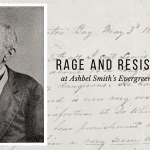
As some of our readers may know, the Chair of the History department, Dr. Daina Ramey Berry, will leave UT to become the next Michael Douglas Dean of Humanities and Fine Arts at UC Santa Barbara. In addition to being a brilliant scholar, inspirational teacher, and remarkable leader, Dr. Berry has also been an incredible contributor to Not Even Past and an extraordinarily generous supporter of the magazine since its creation. To celebrate all Dr. Berry has done, we have compiled the following introduction to her many publications and contributions to NEP.
Biography
Daina Ramey Berry is currently the Oliver H. Radkey Regents Professor of History and Chairperson of the History Department at the University of Texas at Austin. She is also a Fellow of Walter Prescott Webb Chair in History and the George W. Littlefield Professorship in American History and the former Associate Dean of The Graduate School. In 2022, she will become the Michael Douglas Dean of Humanities and Fine Arts at UC Santa Barbara.
Professor Berry completed her BA, MA and PhD in African American Studies and U.S. History at the University of California Los Angeles. She is “a scholar of the enslaved” and a specialist on gender and slavery as well as Black women’s history in the United States. Berry is the award-winning author and editor of six books and several scholarly articles. One of her recent books, The Price for their Pound of Flesh: The Value of the Enslaved, from Womb to the Grave, in the Building of a Nation (Beacon Press, 2017) received three book awards including the Phyllis Wheatley Award for Scholarly Research from the Sons and Daughters of the US Middle Passage; the 2018 Best Book Prize from the Society for the History of the Early American Republic (SHEAR); and the 2018 Hamilton Book Prize from the University Coop for the best book among UT Austin faculty. Berry’s book was also a finalist for the 2018 Frederick Douglass Book Prize awarded by Yale University and the Gilder Lehrman Institute in New York.
Dr. Berry has appeared on several syndicated radio and television networks including: NBC/TLC’s “Who Do You Think You Are?” where she reconstructed the enslaved ancestry of Spike Lee, Aisha Tyler, Smokey Robinson, and Alfre Woodard. She has also made appearances on CNN; C-SPAN; National Geographic Explorer and NPR. In 2016, she served at a historical consultant and technical advisor for the remake of ROOTS by Alex Haley (HISTORY/ A+E) where she worked with the writers on the script and advised on set by supporting the directors and actors during filming. She currently serves as a consultant for museums and historical societies throughout the United States.

In 2018 Berry produced several online essays during Black History Month for the National Museum of African American History and Culture in collaboration with Biography and History.com, and edited the text for the award winning “People Not Property” website on slavery in the North. She is also the co-producer with Adriane Hopper Williams (EnLight Productions) on a multi-media series on women’s contributions to United States History called Making History Hers.
Dr. Berry has received prestigious fellowships for her research from the National Endowment for the Humanities; the American Council of Learned Societies; the American Association of University Women and the Ford Foundation. She is a Distinguished Lecturer for the Organization of American Historians. Her work has been, featured in the New York Times, Time, Newsweek, U.S. News & World Report, The Washington Post, and Huffington Post. She has also received grants from the Spencer Foundation and Humanities Texas to work with colleagues Drs. Keffrelyn and Anthony Brown (College of Education) serving K-12 educators on teaching the history of race and slavery to American youth.
Professor Berry is the associate editor for The Journal of African American History and is currently revising an 8th Grade U.S. History textbook for a major publisher. In February 2020 she released, A Black Women’s History of the United States (Beacon Press), co-authored with Professor Kali Nicole Gross of Rutgers University which has received high praises in several media outlets including Ms. Magazine, Glamour Magazine, Library Journal, Kirkus Reviews, and The Washington Post. Finally, Dr. Berry is busy working on her next book tentatively entitled The Myths of Slavery which will be published by Beacon Press.
Publications on Not Even Past
Articles
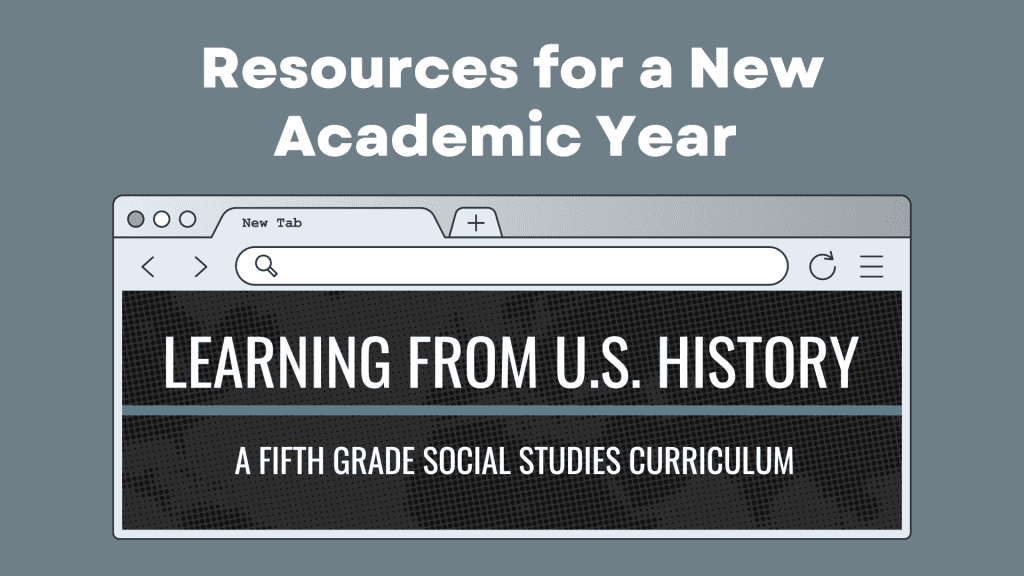
From the editors: Learning from US History: A Fifth Grade Social Studies Curriculum was designed and developed by two UT Professors, Dr. Daina Ramey Berry and Dr. Jennifer Keys Adair, and a doctoral student: Erin Green, MA.
This fifth grade U.S. history curriculum is built upon primary sources and is an alternative to textbooks that are often one-sided or politicized. This curriculum is one example of how historians and educators can work together to de-center a singular perspective and to offer elementary social studies with greater historical accuracy. This is a work-in-progress curriculum that will change as new primary sources emerge and historical interpretations shift.
Read the article here.

A few years ago, we were approached by Beacon Press to write a history of Black women in the United States. We felt both honored and overwhelmed by the task. Before we began, we needed to first take a survey of the field and understand our place in it.
The field of Black women’s history has generated a plethora of scholarship for more than a century. Anna Julia Cooper, the first African American woman to receive her PhD in History and Romance Languages (University of Paris, the Sorbonne, 1925) was part of a small group of early historians. Cooper is widely regarded as one of the first writers of Black feminist thought. In the 1940s several Black women received their PhDs in History including Marion Thompson Wright who was the first to earn a PhD in the United States (Columbia University). Over the last fifty years, female scholars have published numerous works on Black women including anthologies, encyclopedias, primary document readers, biographies, and thematic studies of women in the diaspora.
Read the article here.
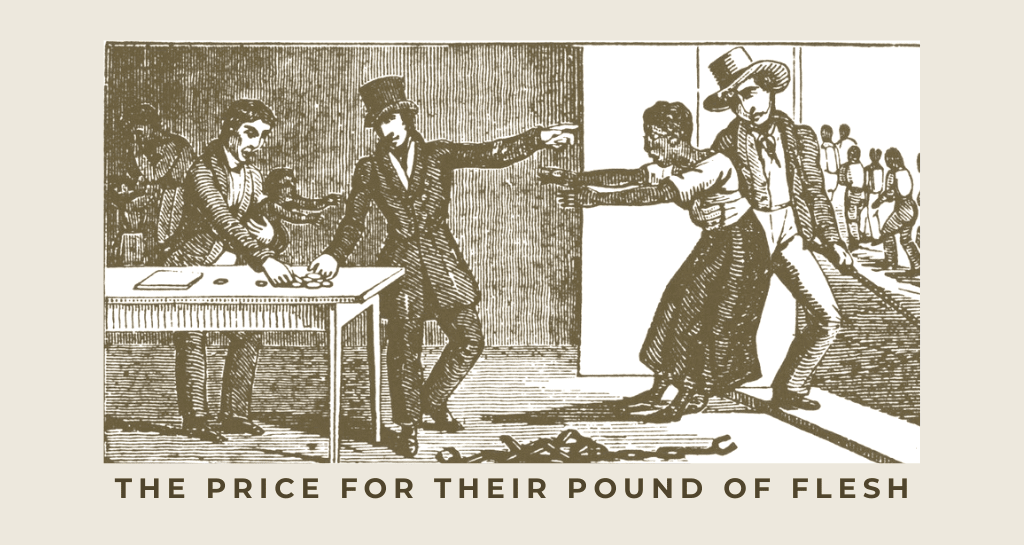
The Price for their Pound of Flesh is the first book to explore the economic value of enslaved men, women, and children in the American domestic slave trade, from before they were born until after their death, in both public and private market transactions and appraisals. How was a slave’s price determined? How did planters and traders establish values for enslaved people with specific ages, specific skills, or specific health conditions? Studies of the domestic slave trade rarely discuss the economic meaning and social significance of the market values and appraisals assigned to enslaved people. When they do discuss slave prices, the focus has mostly been on prime male slaves. This study examines slave prices of women, men, and children during their entire “lifecycle,” including preconception, infancy, childhood, adolescence, adulthood, the senior years, and postmortem.
Read the article here.
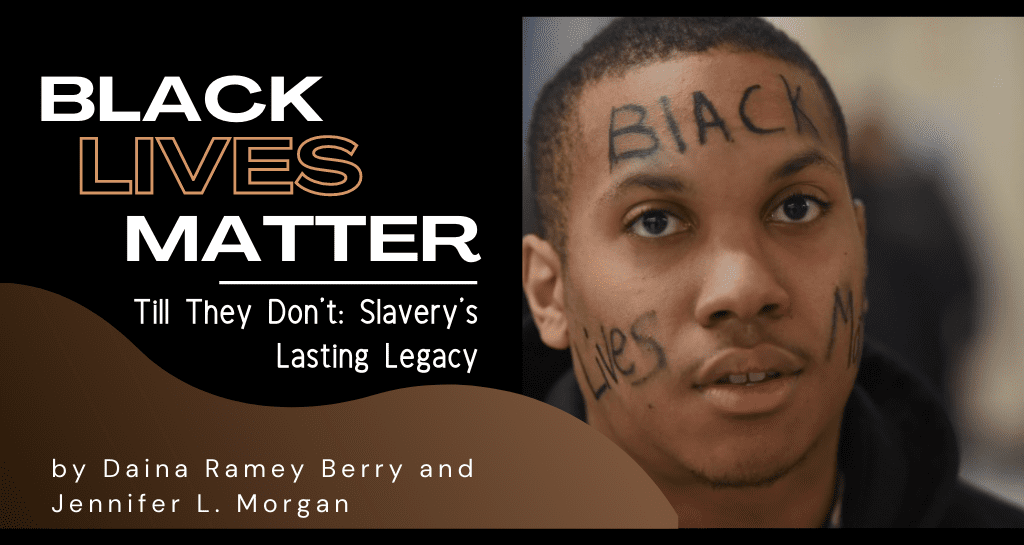
In less than a month, our nation will commemorate the 150th anniversary of the 13th Amendment, which abolished slavery. This should be a time of celebratory reflection, yet Wednesday night, after another grand jury failed to see the value of African-American life, protesters took to the streets chanting, “Black lives matter!”
As scholars of slavery writing books on the historical value(s) of black life, we are concerned with the long history of how black people are commodified by the state. Although we are saddened by the unprosecuted deaths of Trayvon Martin, Michael Brown, Eric Garner and countless others, we are not surprised. We live a nation that has yet to grapple with the history of slavery and its afterlife. In 1669, the Virginia colony enacted legislation that gave white slaveholders the authority to murder their slaves without fear of prosecution. This act, concerning “… the Casual Killing of Slaves,” seems all too familiar today.
Read the article here.
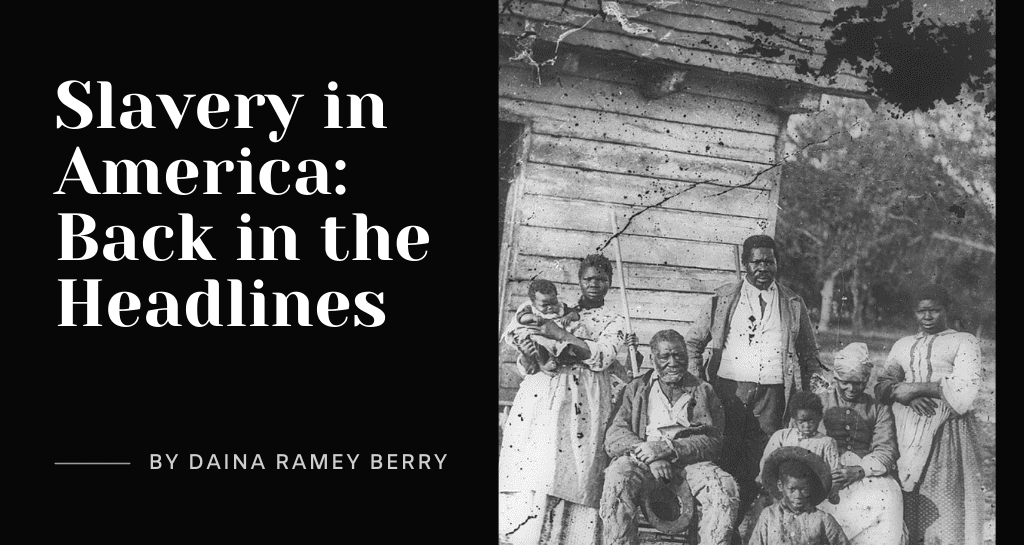
People think they know everything about slavery in the United States, but they don’t. They think the majority of African slaves came to the American colonies, but they didn’t. They talk about 400 hundred years of slavery, but it wasn’t. They claim all Southerners owned slaves, but they didn’t. Some argue it was a long time ago, but it wasn’t.
Slavery has been in the news a lot lately. Perhaps it’s because of the increase in human trafficking on American soil or the headlines about income inequality, the mass incarceration of African Americans or discussions about reparations to the descendants of slaves. Several publications have fueled these conversations: Ta-Nehisi Coates’ The Case for Reparations in The Atlantic Monthly, French economist Thomas Picketty’s Capital in the Twenty First Century, historian Edward Baptist’s The Half Has Never Been Told: Slavery and The Making of American Capitalism, and law professor Bryan A. Stevenson’s Just Mercy: A Story of Justice and Redemption.
Read the article here.
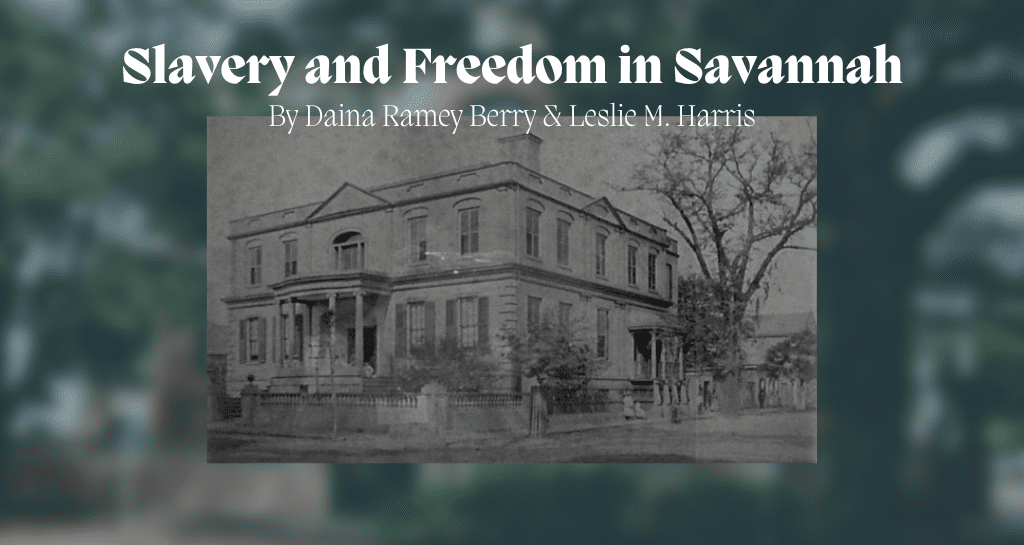
Slavery and Freedom in Savannah puts African Americans and slavery at the center of the history of a popular tourist destination. The Telfair Museum’s Owens-Thomas House is the most-visited house museum in Savannah. We worked with the museum staff to bring together the latest historical research on the role of African Americans in Savannah and the importance of slavery to the life of the city.
Telfair Museums plans to build on this research by incorporating the history of slavery more fully into its interpretation of the history of the Owens-Thomas house and the people who lived and worked there. This project builds upon some twenty-plus years of collaboration among museum professionals, academic historians, and historical archeologists, enabling major landmarks and historic sites in this nation to begin to tell more fully the history of non-whites and non-elites.
Read the article here.
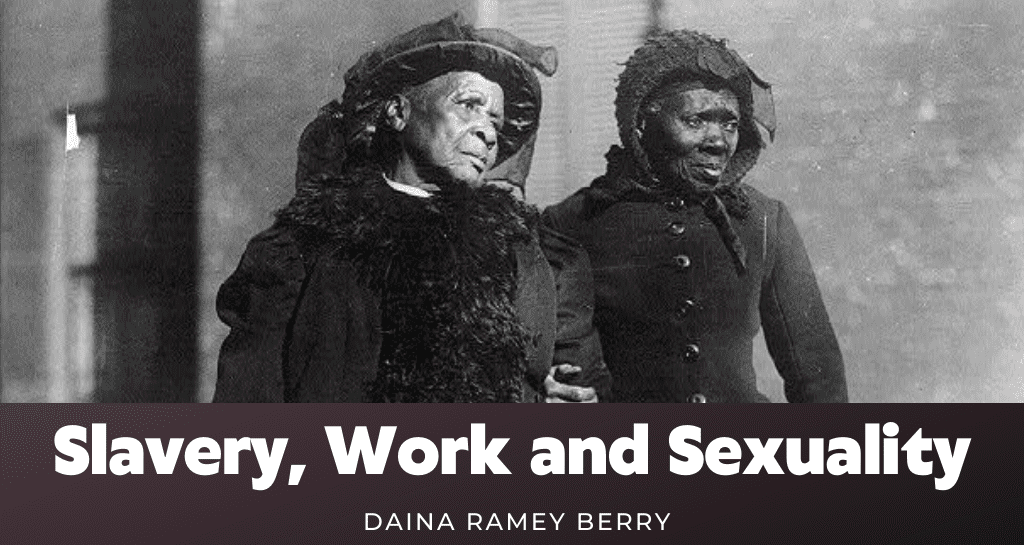
American slavery was a dynamic institution. And though slavery was mainly a system of labor, those who toiled in the fields and catered to the most private needs and desires of slaveholders were more than just workers. Although utterly obvious, it must be reiterated that the enslaved were indeed people. In fact, the nature and diversity of the institution of slavery ensured that bondpeople would experience enslavement quite differently. Aiming to highlight the variety of conditions that affected a bondperson’s life as a laborer, Swing the Sickle examines the workaday and interior lives of the enslaved in two plantation communities in Georgia—Glynn County in the lowcountry and Wilkes in the piedmont east of Athens.
Read the article here.
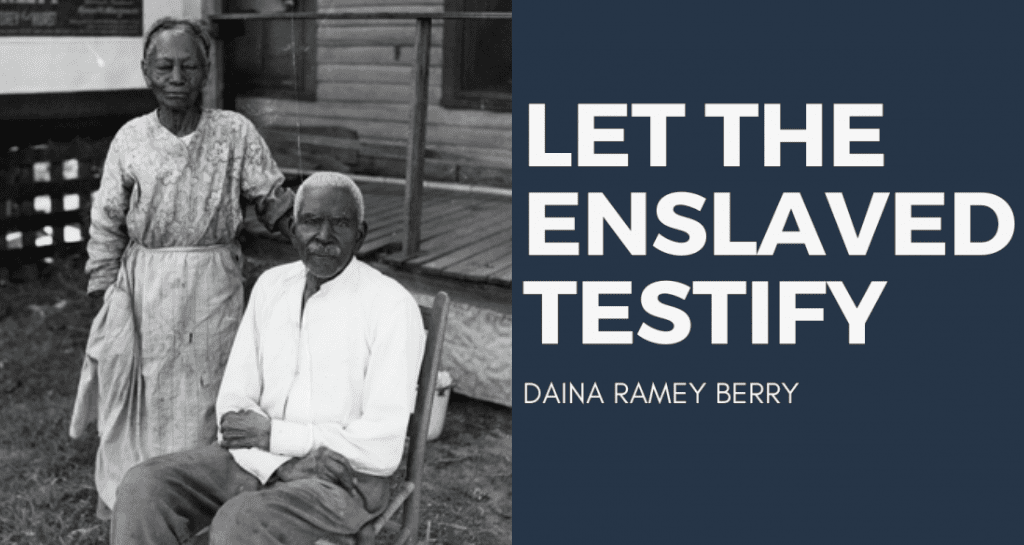
For nearly 30 years, historians have debated about the use of former slave narratives as a “valid” historical source. Scholars question the authenticity of interviews collected in the 1930s, often by white Works Progress Administration (WPA) field workers. Were the interviews honest depictions of the past or blurred historical memories? Did the former slaves feel comfortable answering questions about enslavement? How old were they during slavery? How much were these stories edited? Any study of the recordings must begin by understanding the editors. Their background, beliefs, and views of slavery all influenced the ways they recorded the former slaves’ stories. Fortunately, we have detailed biographical information about the WPA field workers in addition to their notes, instructions, and editorial process. With all this evidence, we can examine slave narratives in a multi-dimensional manner. Comparing drafts of the narratives with field notes and final edited copies, opens a window onto the writing process that one rarely witnesses. Such detailed examination makes it possible to use slave autobiographies as we use plantation records and other sources without privileging one over the other.
Read the article here.
Book and Film Recommendations

Today marks the 150-year anniversary of the Emancipation Proclamation. While I’m delighted that a national discussion on slavery is taking place, it appears that Quentin Tarantino’s latest film, Django Unchained, is overshadowing church “watch night” services all over the United States and events hosted by the National Archives, including a rare public viewing of the original Proclamation. To many, the connection between a contemporary spaghetti-western film and the anniversary of the Emancipation Proclamation is offensive, inappropriate, oxymoronic, and just down right wrong. Perhaps understanding the significance of this legislation in context can elevate the public dialogue and aid in our national healing.
Read the review here.

In this 1993 film by Ethiopian-born filmmaker Haile Gerima, a modern-day, fashion model is transported to the past to experience the traumas of American chattel slavery. It is only through her return to the past that she can move forward, hence the name of the film, Sankofa, an Akan word meaning “go back and take” or “go back to move forward.” The film opens with a photo shoot on the coast of Ghana on the grounds of a fortification (read castle/dungeon) used to house African captives prior to being forcibly transported to new world plantations. Zola, the main character, is forced back in time to an isolated sugar plantation. There she learns the power of family, community, and even rebellion as she and other members of the enslaved community seek their freedom through solidarity and decisive action. This is the closest film rendition of slavery since the 1977 television mini-series Roots. Gerima, a Howard University professor, did much to ensure that his portrayal of the institution of slavery and the presentation of African cultural traditions were as close to reality as possible.
Read the review here.

This film tells the story of Nat Turner’s 1831 Virginia slave revolt. For years, historians have grappled with the details of the affair and debated about the ways Nat Turner should be remembered. For some, he was a revolutionary hero; for others, Turner was nothing more than a deranged, blood-hungry killer. After all, it was Turner’s rebellion that sent the South into a frenzy forcing southern legislatures and planters to harden their stances (and laws) on slavery. This PBS movie blends documentary narrative, historical re-enactment, and scholarly reflection to examine the various renditions of the revolt and to uncover the many faces of Nat Turner and slave resistance in general. Directed by Charles Burnett, this is a film worth watching for those interested in slavery, public history, and the history memory. As part of the Independent Lens series, the PBS website provides a wealth of historical material on Nat Turner, slave rebellion, and historical treatments.
Read the review here.

Dr. Berry’s recommendations include classic studies, the newest works, and a few novels on labor and gender and the institutions of slavery in the United States.
Read her recommendations here.
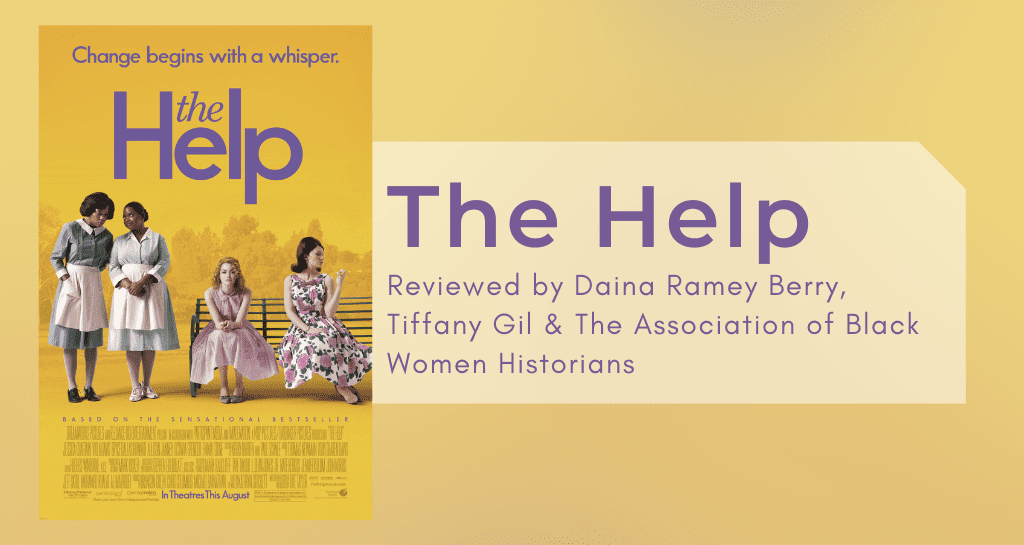
Historical films and books always distort the historical record for dramatic purposes. Sometimes that doesn’t matter and sometimes it does. The Help, a best-selling book and now a film playing nationwide, elicited this statement from the Association of Black Women Historians.
On behalf of the Association of Black Women Historians (ABWH), this statement provides historical context to address widespread stereotyping presented in both the film and novel version of The Help. The book has sold over three million copies, and heavy promotion of the movie will ensure its success at the box office. Despite efforts to market the book and the film as a progressive story of triumph over racial injustice, The Help distorts, ignores, and trivializes the experiences of black domestic workers. We are specifically concerned about the representations of black life and the lack of attention given to sexual harassment and civil rights activism.
Read the review here.
Podcasts
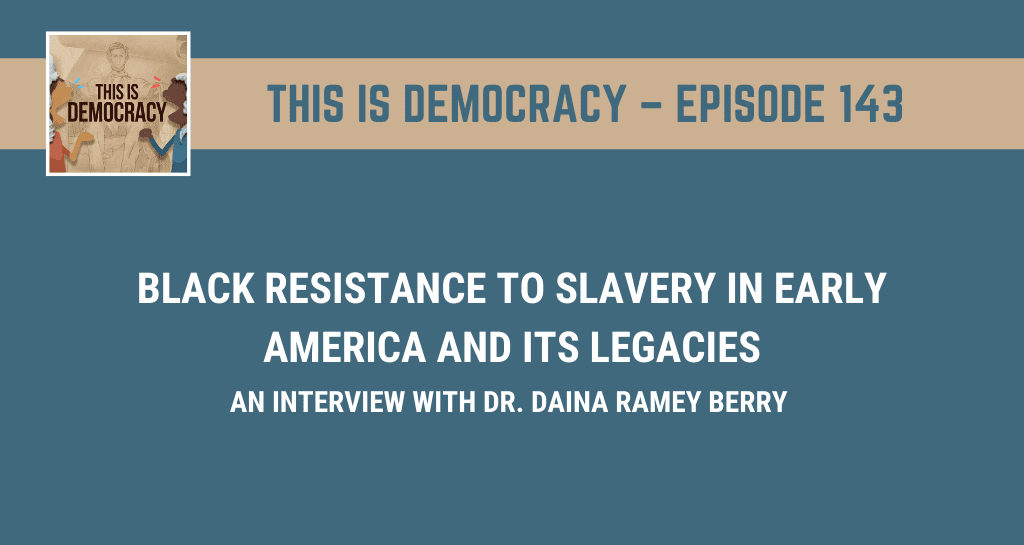
Hosts Jeremi and Zachary turn to expert Dr. Daina Ramey Berry to discuss the history and legacy of slave revolts and maroon societies in the United States, and lack of education on these subjects today.
Listen here.
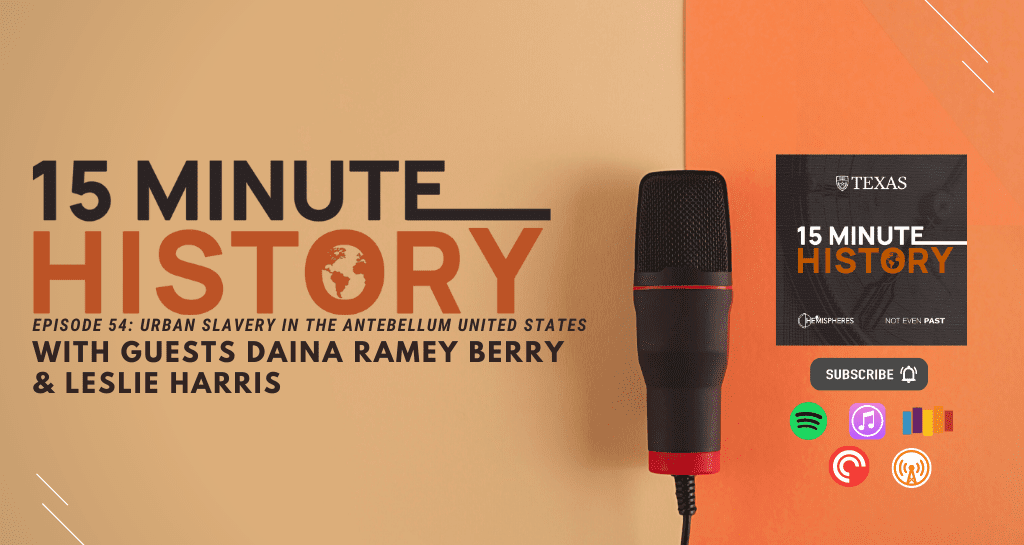
When most people think about slavery in the United States, they think of large agricultural plantations and picture slaves working in the fields harvesting crops. But for a significant number of slaves, their experience involved working in houses, factories, and on the docks of the South’s booming cities. Urban slavery, as it has come to be known, is often overlooked in the annals of slave experience.
This week’s guests Daina Ramey Berry, from UT’s Department of History, and Leslie Harris, from Emory University, have spent the past year collaborating on a new study aimed at re-discovering this forgotten aspect of slave experience in the United States.
Listen here.

Slavery marks an important era in the history of the United States, one that is often discussed in terms of numbers and dates, human rights abuses, and its lasting impact on society. To be sure, these are all important aspects to understand, but one thing that is often given relatively short shrift is what it was like to actually be a slave. What were the sensory experiences of slaves on a daily basis? How can we dig deeper into understanding the lives of slaves and understand the institution as a whole?
Guest Daina Ramey Berry has given this question serious thought. In this episode, she discusses teaching the “senses of slavery,” a teaching tool that taps into the senses in order to connect to one of the most important eras in US history and bring it to the present.
Listen here.



